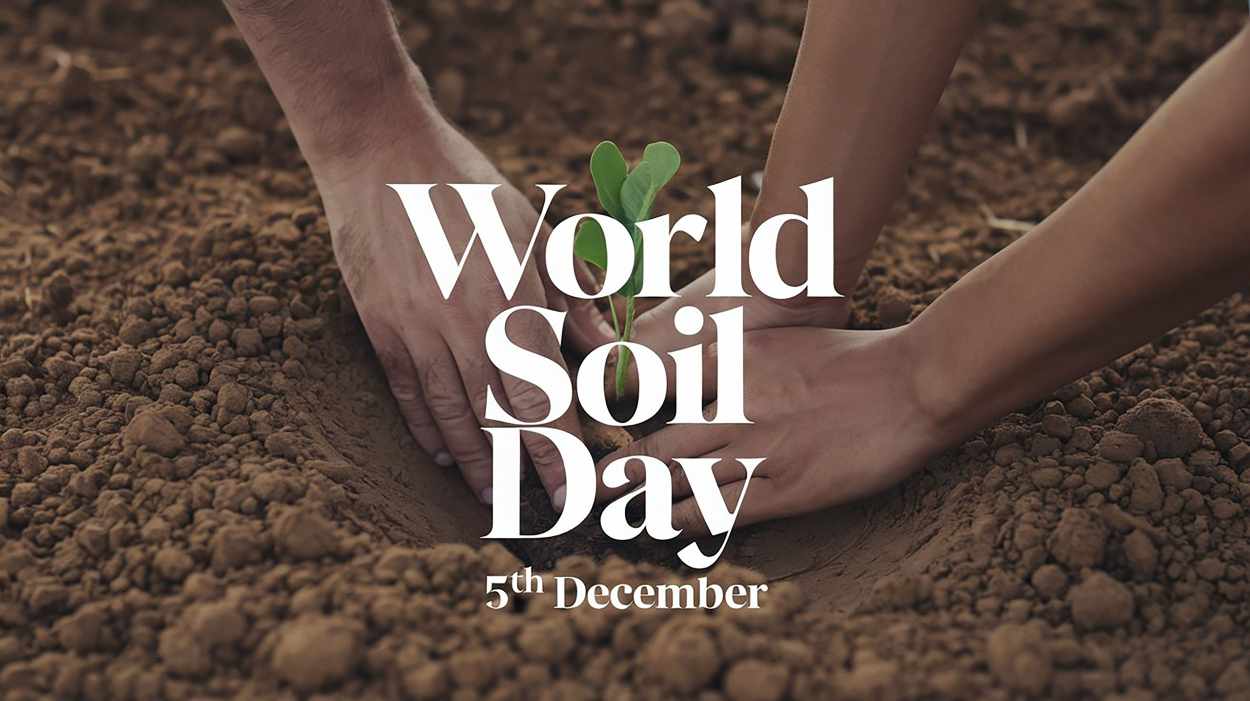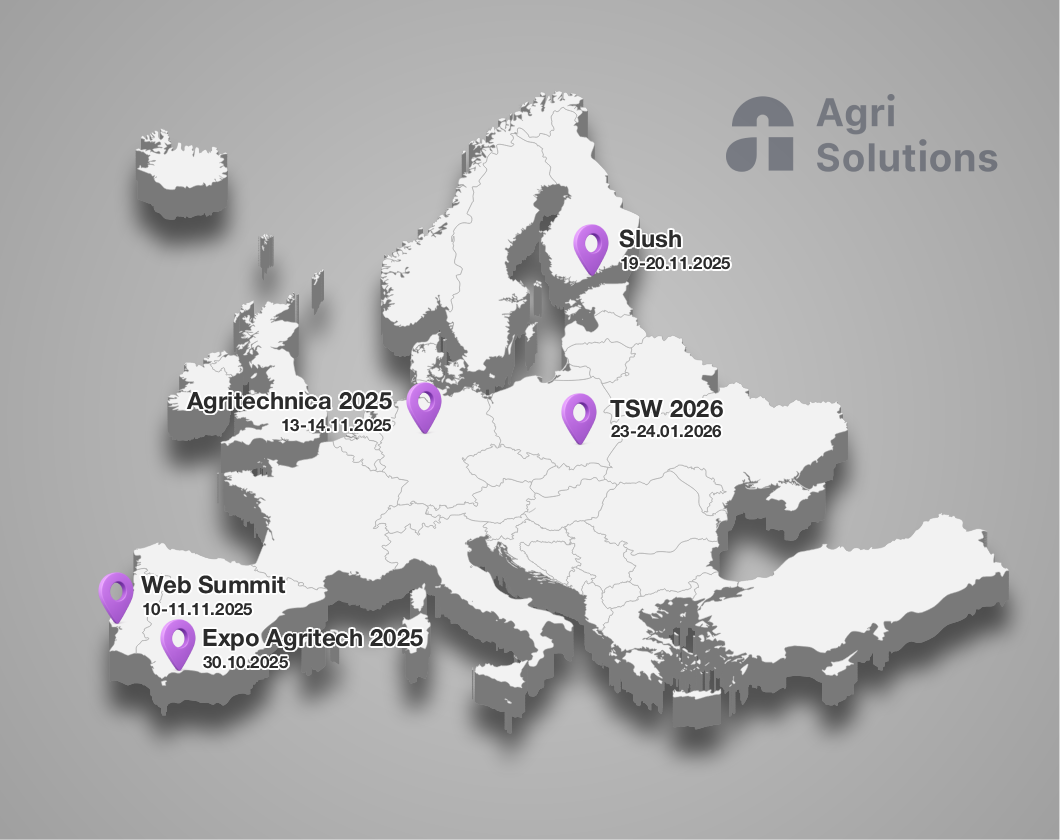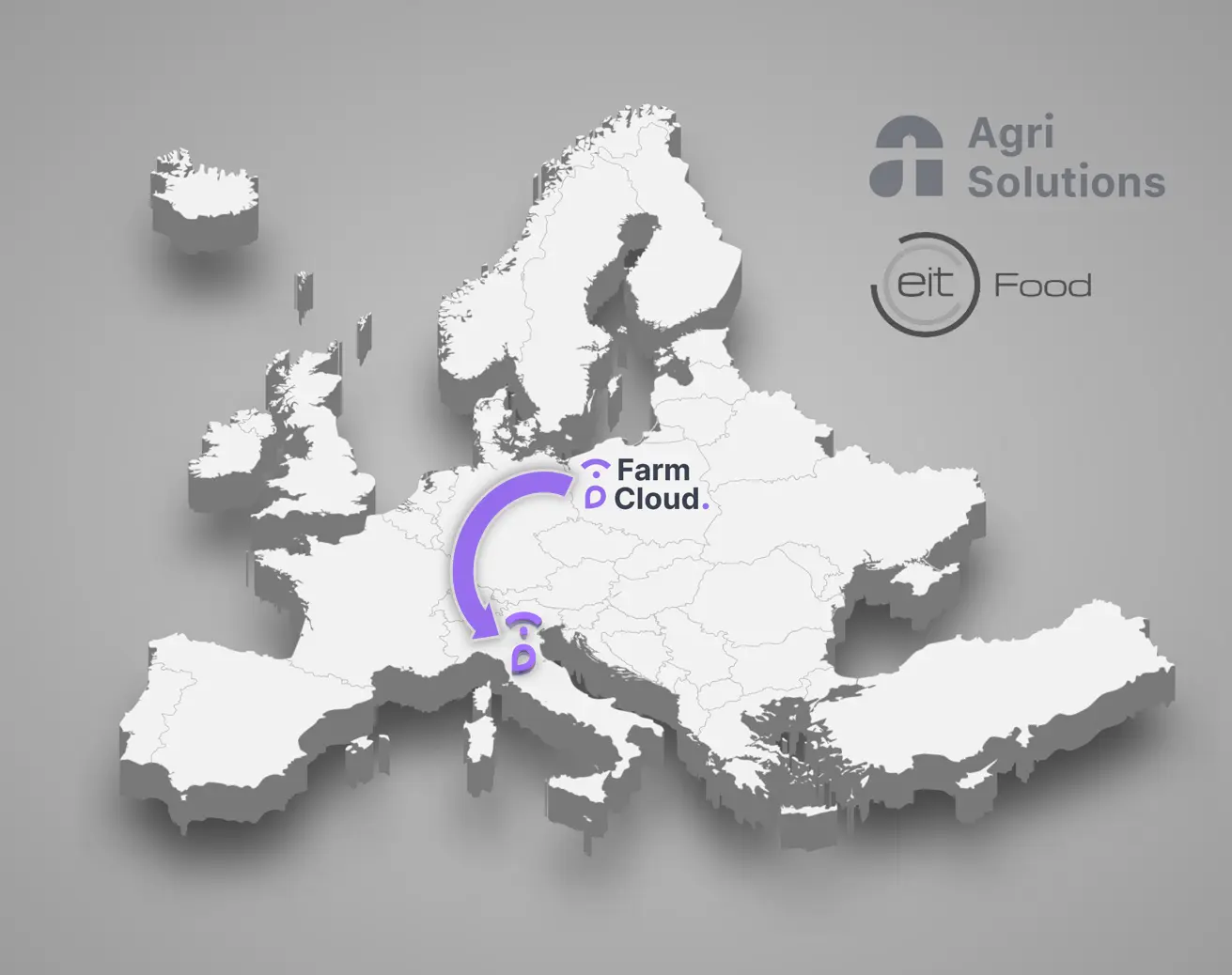Soil has received a lot of attention in both the media and politics recently. Scientists point out that, if properly maintained, they can be a huge reservoir of CO2, which is widely known as a gas that contributes to global warming. What is this all about and how can soil be maintained using the solutions proposed by FarmPortal? We explain!
Healthy soil means more carbon sequestration
Soil is not just a place from which plants draw nutrients. It is an incredibly diverse and vibrant ecosystem that plays a powerful role in water retention and the nitrogen and carbon cycles. Recently, there has been a lot of talk about sequestration, or the fixation of the latter element, in soils. If the right pH is maintained, the right crop rotation is practised and mechanical cultivation is kept to a minimum, soils have an incredible capacity to absorb CO2 and store it in the form of organic compounds, which in turn form organic matter (the beneficial effects of which on soil properties could be talked about for hours).
It is estimated that, depending on soil type, climate and the source of the organic matter itself, the carbon content of soil humus ranges from 50 to 58%. What does this mean in practice? If the soil contains 3% humus, the organic carbon in the soil is usually 1.5-1.74%, and this translates into approximately 60-70 tonnes of stored carbon, and this in just one hectare of agricultural use! These figures are impressive, aren't they?
Take care of your soils with FarmPortal
OK, someone may now be asking themselves what can be done to get the soils they farm in such a condition that they can sequester as much CO2 as in the example above. With ready answers comes precision agriculture with its solutions. First and foremost, monitoring is paramount, i.e. regular sampling and monitoring of parameters such as pH, macro- and micro-nutrient content and humus. Next, it is necessary to make optimal use of the knowledge gained through research. This is where the farm management application FarmPortal comes in. What does the programme offer?
FarmPortal makes it possible to enter and analyse soil test results, such as soil pH, nutrient content, humus and organic carbon, and to visualise the data in the form of an abundance map. This allows the farmer to accurately assess the needs of the soil and adjust fertilisation to get the fertiliser exactly where it is needed. The introduction of this solution also reduces the money spent on fertilisers, the prices of which, in recent times, can be very unpredictable. In addition, the regular input and analysis of soil fertility data allows changes over time to be tracked and helps to assess whether the practices introduced are having the desired effect.
Are you interested in introducing FarmPortal as a farm management tool? Contact us and have a great International Soil Day celebration!





